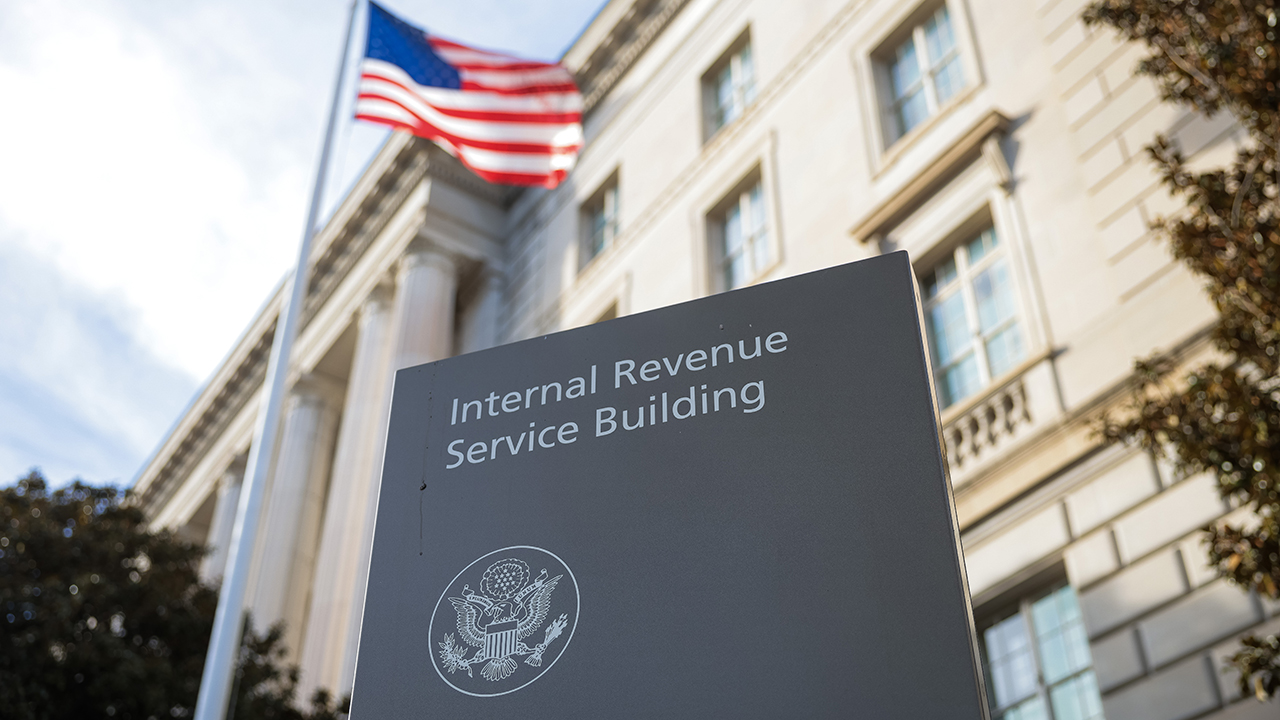Crypto vs Stocks: Measuring Consistent Growth in Volatile Markets

In volatile markets, investors look for clarity in measuring growth. One of the most reliable metrics is the compound annual growth rate (CAGR), which smooths short-term fluctuations into a single long-term rate of return. Unlike raw annual performance, CAGR highlights the underlying trajectory of an investment, making it useful for comparing traditional equities with cryptocurrencies.
European & U.S. Stocks: The Reliable Compounders
Equities remain the backbone of wealth accumulation in advanced economies. Historical data from the Federal Reserve shows that the S&P 500 has delivered an average annualized return of about 10% since 1928, or roughly 6–7% in real terms after inflation. Despite recessions and crises, U.S. equities have consistently recovered, demonstrating their resilience as long-term compounders.
In Europe, returns have been more modest but steady. The Euro Stoxx 50, the benchmark for Eurozone blue-chips, has compounded at a mid-single-digit rate over the past decade, reflecting Europe’s slower but stable growth path. These figures highlight equities’ key role: delivering consistent returns that outpace inflation, while providing stability across business cycles.
Cryptocurrencies: Explosive but Risk-Heavy
Cryptocurrencies, by contrast, have produced extraordinary gains over short periods. Between 2014 and 2024, Bitcoin averaged about 54% annualized returns, dramatically outpacing stock indices. An early investment of €10,000 in 2015 would be worth millions today, compared with roughly €36,000 if invested in the S&P 500 over the same period.
But the risks are equally dramatic. Bitcoin’s price movements are around five times more volatile than global equities. For instance, in 2022 the S&P 500 fell by nearly 19%, while Bitcoin dropped more than 60%. Ethereum, the second-largest cryptocurrency, has shown similar extremes. This volatility makes crypto attractive for growth-seekers, but risky as a core holding.
Measuring Consistency
CAGR provides a valuable lens to put these differences into context. For equities, the long-term CAGR underscores their ability to steadily build wealth over decades. For crypto, it reveals how spectacular average returns can coexist with severe short-term drawdowns. Investors who wish to calculate such figures can use a CAGR calculator to test scenarios across different assets.
Another approach to smoothing volatility is regular, fixed-amount investing—often called dollar-cost averaging. By investing consistently over time, the cost basis evens out, making long-term returns more predictable. Tracking the average purchase price through a stock average calculator helps investors understand their true entry point and avoid overreacting to market swings.
Final Outlook for European Investors
For European professionals, the contrast is clear: stocks in both the Eurozone and U.S. remain reliable compounders, while crypto offers extreme upside with far greater uncertainty. Neither asset class is categorically superior. Instead, diversification provides balance—anchoring portfolios in equities while allocating a measured share to crypto for potential growth.
Ultimately, consistent growth in volatile markets depends not only on the assets chosen but also on the discipline to focus on long-term measures like CAGR, rather than reacting to short-term noise.
The post Crypto vs Stocks: Measuring Consistent Growth in Volatile Markets appeared first on European Business & Finance Magazine.
















































